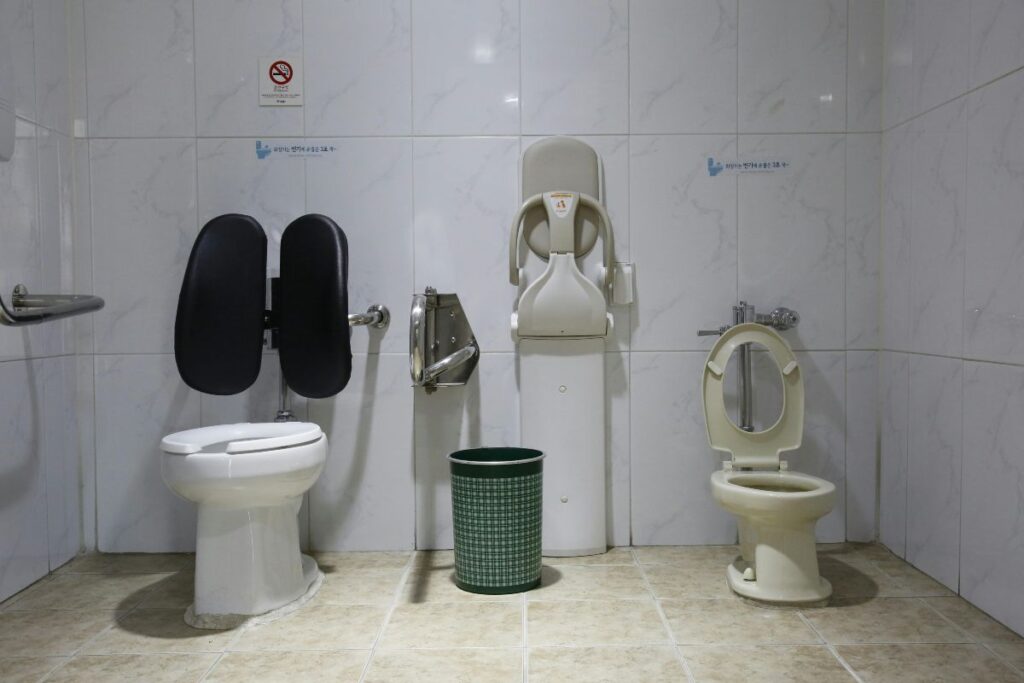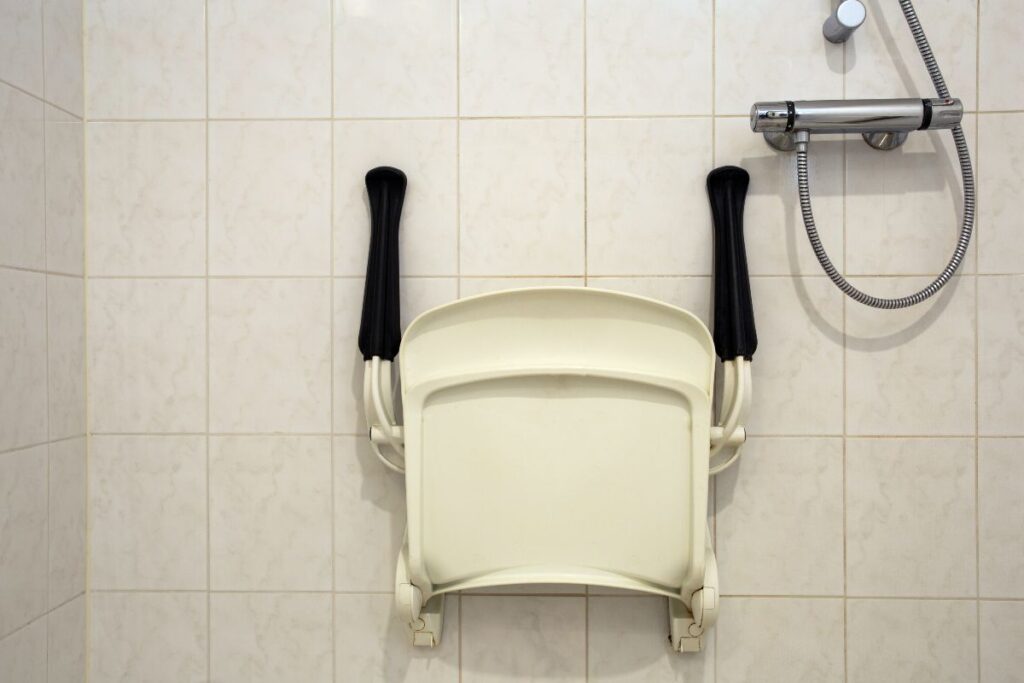American National Standards Institute (ANSI) Guidelines for Accessible Bathrooms
Imagine stepping into a bathroom that is not only stylish and modern but also designed with your safety and comfort in mind. A bathroom where everyone, regardless of age or physical ability, can easily navigate and use every feature with confidence. This is the power of an accessible bathroom, and with the right design and implementation, it can be a reality in your Texas home.
This guide will walk you through the essential American National Standards Institute (ANSI) guidelines for creating a truly accessible and inclusive bathroom.
Understanding ANSI and Its Role
The American National Standards Institute (ANSI) is a private non-profit organization that oversees the development of voluntary consensus standards for products, services, processes, systems, and personnel in the United States. ANSI doesn’t develop standards itself but facilitates their development by bringing together experts from various fields. These standards impact nearly every sector, including bathroom design and construction.
When it comes to accessible bathrooms, ANSI works closely with the International Code Council (ICC) and its A117.1 standard, “Accessible and Usable Buildings and Facilities.” This standard provides detailed guidelines for designing and constructing accessible spaces, including bathrooms. Adhering to these standards is not only ethically sound but often legally required, especially for commercial spaces.
Key Features of ANSI A117.1 Standards
- Specifications for fixture placement to improve usability.
- Guidelines for accessible toilet stalls, sinks, and grab bars.
- Requirements for door widths, turning spaces, and clear floor areas.
- Standards for wheelchair-accessible showers and bathtubs.

Why ANSI Guidelines Matter in Bathroom Remodeling
Adhering to ANSI standards is about creating inclusive spaces that enhance functionality and safety for everyone. Here are several reasons why ANSI guidelines are essential:
1. Legal Compliance and Peace of Mind
ANSI guidelines often serve as the foundation for accessibility requirements under the Americans with Disabilities Act (ADA).
- For commercial bathroom remodeling in Texas, non-compliance can lead to legal penalties.
- For homeowners, meeting these standards ensures their homes are future-proofed for potential accessibility needs and avoids costly renovations down the line.
2. Enhanced Safety for ALL
According to data provided by the Centers for Disease Control and Prevention (CDC), over 235,000 emergency room visits occur annually due to bathroom-related injuries. Properly designed bathrooms with grab bars, anti-slip flooring, and accessible fixtures significantly reduce the risk of accidents for people of all ages and abilities.
For example, grab bars provide crucial support for individuals with balance issues, while non-slip tiles prevent slips and falls, especially for older adults.
3. Inclusive Design that Benefits Everyone
Accessible bathrooms benefit a wide range of users, including individuals with mobility issues, children, and the elderly. Features like roll-in showers with a shower seat, lever-operated faucets, and handheld showerheads make everyday tasks easier and more comfortable for everyone.
Consider this: lever-style door handles are easier for people with arthritis to operate, while a handheld showerhead allows users to bathe while seated, promoting independence and dignity.
4. Increased Property Value in the Texas Market
Homes and commercial properties with accessible bathrooms appeal to a broader audience, increasing their marketability. In Texas, where aging-in-place design is becoming more popular, accessible features can significantly boost property value.
Investing in accessible bathroom design is an investment in your property’s long-term value.
Key ANSI Guidelines for Accessible Bathrooms
1. Clear Floor Space
ANSI standards require at least 30 inches by 48 inches of clear floor space to allow wheelchair users to maneuver easily. For bathrooms, this often includes providing adequate clearance around toilets, sinks, and bathtubs.
2. Accessible Toilets
- Toilets should have a seat height of 17 to 19 inches to accommodate wheelchair transfers.
- Flush controls must be placed on the open side of the toilet and be operable with one hand without tight grasping or twisting.

3. Grab Bars
- Grab bars must be installed on the rear and side walls of the toilet area.
- Bars should be 33 to 36 inches above the floor and have a diameter of 1.25 to 1.5 inches for a secure grip.
4. Sinks and Vanities
- Sinks should be mounted no higher than 34 inches from the floor, with a clear floor space underneath to allow wheelchair access.
- Faucets must be lever-operated, push-type, or electronically controlled for ease of use.
5. Showers and Bathtubs
- Roll-in showers must have a 60-inch by 30-inch minimum clearance, with a fixed seat and handheld showerhead.
- Bathtubs should include grab bars and transfer seats for easier access.
6. Doorways and Turning Radius
- Doorways must be at least 32 inches wide to accommodate wheelchairs.
- Bathrooms must include a turning radius of 60 inches to allow full wheelchair rotation.
Implementing ANSI Guidelines in Texas Bathrooms
When remodeling bathrooms in Texas, it’s essential to consider regional needs alongside ANSI standards. Here are some tips for implementing these guidelines:
1. Consult a Certified Professional
Work with remodelers who are familiar with both ANSI and ADA standards. Certified professionals can ensure the design meets accessibility requirements and complies with local building codes.
2. Plan for Aging-in-Place
Incorporate universal design elements, such as grab bars, anti-slip flooring, and accessible fixtures, to make bathrooms adaptable for all stages of life. Texas homeowners are increasingly opting for these features to accommodate aging family members.
3. Utilize Modern Fixtures
Modern fixtures that meet ANSI standards are widely available, including touchless faucets, wall-mounted toilets, and low-threshold showers. These options enhance usability while maintaining a sleek and contemporary design.

Enjoy the Benefits of an Accessible Bathroom!
We understand that creating an accessible bathroom can feel overwhelming.
Our team is ready to answer your questions, provide expert advice, and help you create a space you’ll love for years to come for FREE. Limited slots are available, so don’t miss out on this opportunity to transform your bathroom.
Get in touch with us today!

